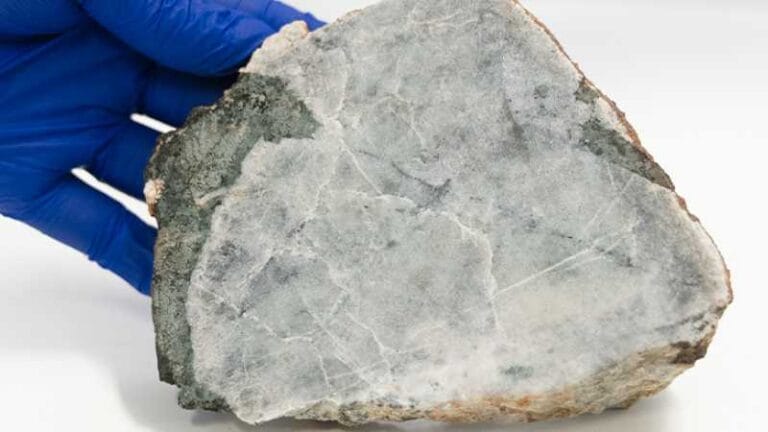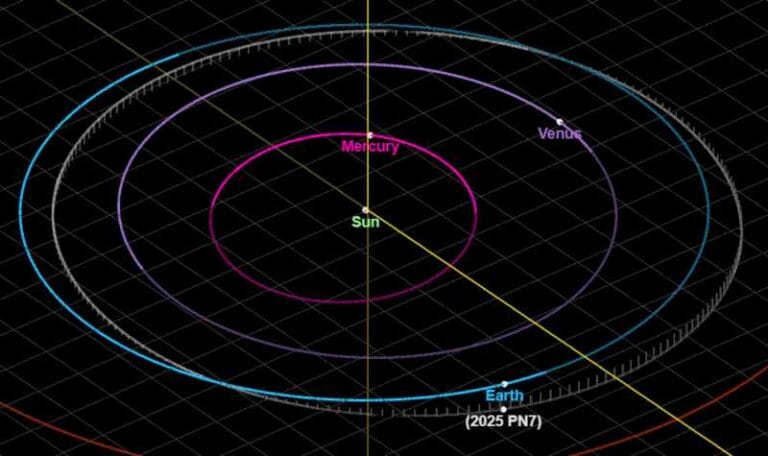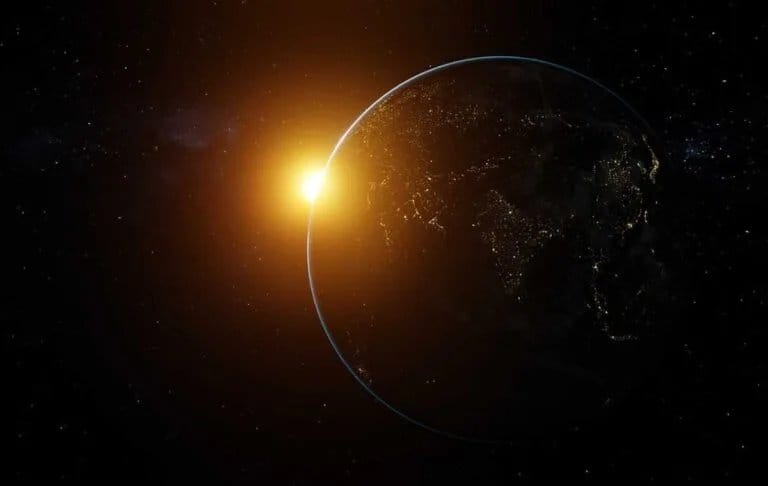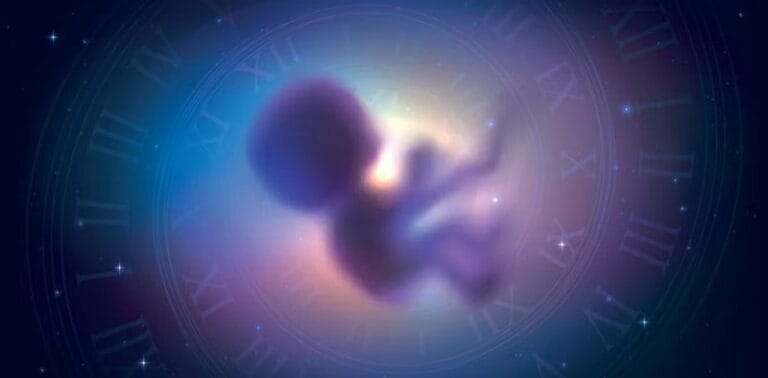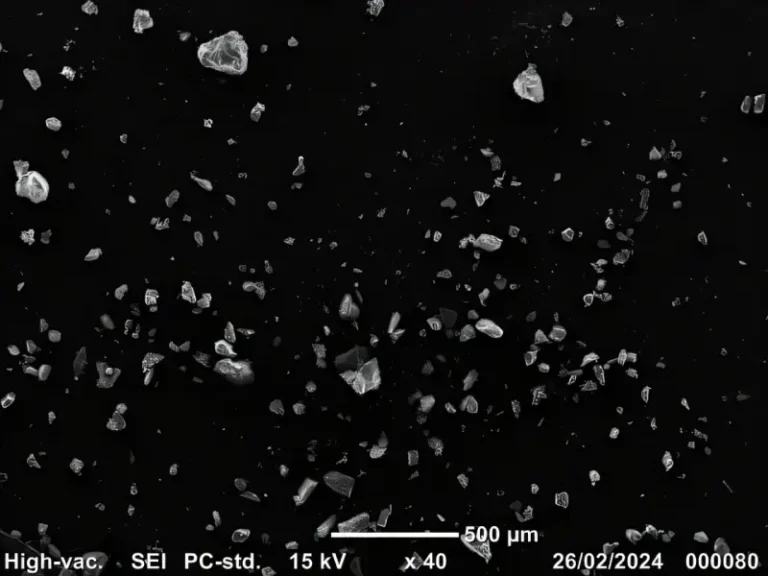Astronomers are searching for Dyson spheres
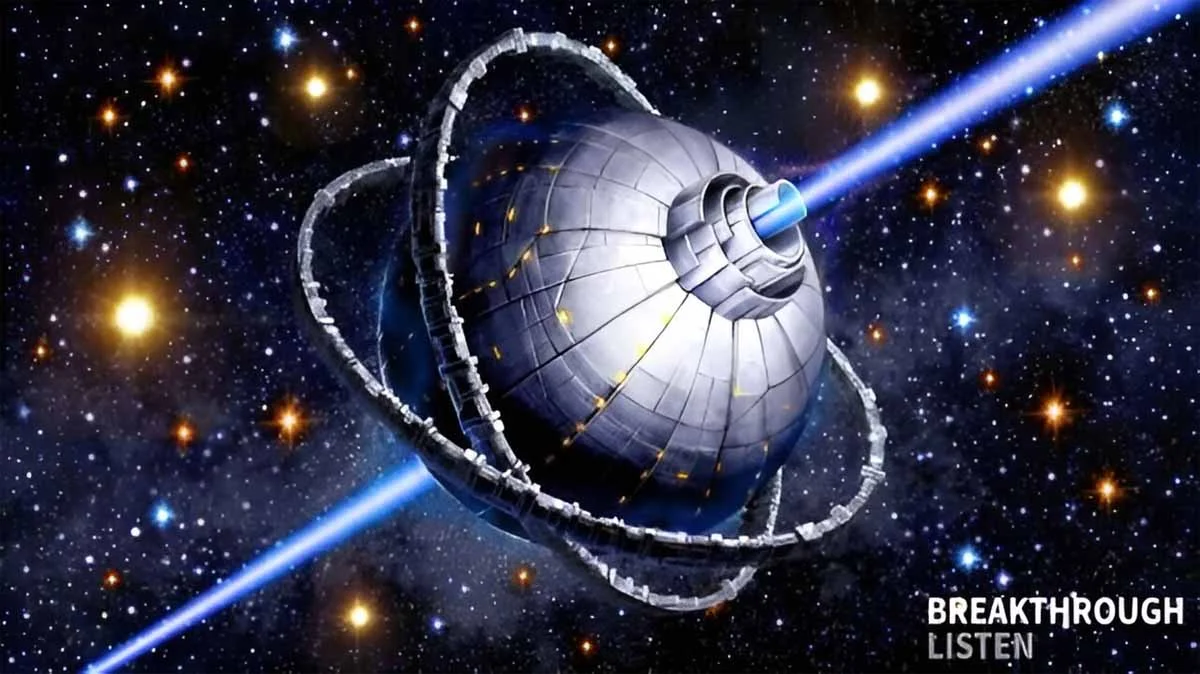
A study, published in the Monthly Notices of the Royal Astronomical Society, titled “Project Hephaistos—II. Dyson sphere candidates from Gaia DR3, 2MASS, and WISE”, presents a novel way of searching for technosignatures from highly advanced extraterrestrial civilizations – by looking for evidence of Dyson spheres in existing astronomical data.
“One group of scientists thinks that we may already have detected technosignatures from a technological civilization’s Dyson spheres, but the detection is hidden in our vast troves of astronomical data,” the article explains.
A Dyson sphere is a hypothetical mega-structure that an advanced civilization could build around a star to harness its entire energy output. Only a Kardashev Type II civilization with near-unimaginable technological capabilities could construct something so massive.
“A Dyson sphere is a hypothetical engineering project that only highly advanced civilizations could build,” says Matías Suazo, lead author and Ph.D. student at Uppsala University. “In this sense, ‘advanced’ means the kind of almost unimaginable technological prowess that would allow a civilization to build a structure around an entire star. These Dyson spheres would allow a civilization to harness all of a star’s energy.”
The Project Hephaistos team developed a specialized data pipeline to comb through observations from major sky surveys like Gaia, 2MASS, and WISE, looking for anomalous infrared excesses that could indicate partially constructed Dyson spheres.
“In this study, we present a comprehensive search for partial Dyson spheres by analyzing optical and infrared observations from Gaia, 2MASS, and WISE,” says Suazo. “This second paper examines the Gaia DR3, 2MASS, and WISE photometry of ~5 million sources to build a catalogue of potential Dyson spheres.”
“A specialized pipeline has been developed to identify potential Dyson sphere candidates focusing on detecting sources that display anomalous infrared excesses that cannot be attributed to any known natural source of such radiation,” the researchers explain.
After an extensive filtering process, the team was left with just seven promising candidate objects exhibiting unexplained infrared excess – potentially the waste heat signature of partial Dyson spheres.
“All sources are clear mid-infrared emitters with no clear contaminators or signatures that indicate an obvious mid-infrared origin,” says Suazo. “After analyzing the optical/NIR/MIR photometry of ~5 x 106 sources, we found seven apparent M dwarfs exhibiting an infrared excess of unclear nature that is compatible with our Dyson sphere models.”
However, the researchers acknowledge that natural explanations cannot be ruled out yet. “The presence of warm debris disks surrounding our candidates remains a plausible explanation for the infrared excess of our sources,” Suazo notes. “But none of them clearly explains such a phenomenon in the candidates, especially given that all are M dwarfs.”
Co-author Beatriz Villarroel from the Nordic Institute for Theoretical Physics (NORDITA) in Stockholm highlights the rarity of M dwarf debris disks: “Debris disks around M-dwarfs are very rare. However, it gets complicated because some research suggests that debris disks around M-dwarfs form differently and present differently.”
The team is considering three key possibilities for their anomalous candidates. “Are our candidates strange young stars whose flux does not vary with time? Are these stars’ M-dwarf debris disks with an extreme fractional luminosity? Or something completely different?” asks Suazo.
To resolve the mystery, further observations are needed. “Follow-up optical spectroscopy would help understand these seven sources better,” says Suazo. “In particular, analyzing the spectral region around H-alpha can help us ultimately discard or verify the presence of young disks.”
Despite the ambiguity, the researchers are excited about their innovative approach to the search for extraterrestrial intelligence (SETI). “Additional analyses are definitely necessary to unveil the true nature of these sources,” Suazo concludes. “But we’re not going to stop exploring this direction. There’s little doubt about that.”

